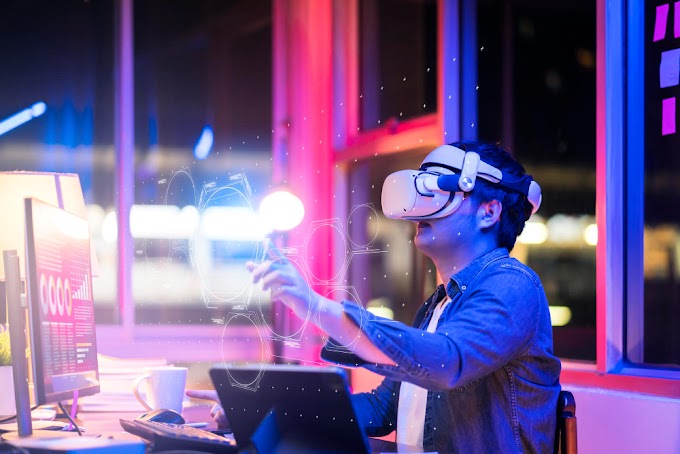Introduction
Imagine being able to control your computer, phone, or even a prosthetic limb just by thinking about it. This may sound like science fiction, but brain-machine interfaces (BMIs) are becoming a reality. BMIs are devices that connect the human brain to a machine, allowing us to control it with our thoughts. In this blog post, we will explore the potential of BMIs to transform our lives in ways we never thought possible.
Subheadings: Here you can go where you want, just with a click. 👇
- What are Brain-Machine Interfaces?
- How do Brain-Machine Interfaces Work?
- Applications of Brain-Machine Interfaces
- Advantages and Challenges of Brain-Machine Interfaces
- The Future of Brain-Machine Interfaces - Examples also available here
What are Brain-Machine Interfaces?
Brain-machine interfaces (BMIs), also known as neural interfaces or brain-computer interfaces (BCIs), are systems that enable communication between the brain and external devices such as computers or prosthetic limbs. These interfaces use electrodes implanted in the brain or placed on the scalp to detect and record neural activity.
How do Brain-Machine Interfaces Work?
BMIs work by translating neural activity into commands that can be used to control a device. For example, a person with paralysis could use a BMI to control a prosthetic arm or leg by thinking about moving it. The electrodes detect the neural activity associated with the movement, which is then translated into a signal that controls the prosthetic device.
Applications of Brain-Machine Interfaces
BMIs have the potential to revolutionize many areas of our lives, including healthcare, gaming, and communication. Here are some examples:
- Restoring mobility to people with paralysis
- Helping people with ALS or other neurodegenerative diseases communicate
- Allowing people to control computers or smartphones with their thoughts
- Enhancing gaming experiences by allowing players to control the game with their minds
Advantages and Challenges of Brain-Machine Interfaces
The advantages of BMIs are numerous, including the potential to restore mobility and independence to people with disabilities, improve communication for people with neurodegenerative diseases, and enhance human performance in various fields. However, there are also challenges that need to be addressed, such as the risks of implanting electrodes in the brain, the ethical considerations around privacy and autonomy, and the potential for misuse of these technologies.
The Future of Brain-Machine Interfaces
As BMIs continue to evolve, we can expect to see even more applications in fields such as entertainment, education, and the military. However, it is essential to address the challenges and ethical considerations surrounding these technologies to ensure that they are used for the greater good.
Examples for Future of Brain-Machine Interfaces
Mind-controlled pizza delivery
Imagine ordering a pizza online and having it delivered directly to your doorstep without ever having to leave your couch or even pick up your phone. With brain-machine interfaces, this could become a reality. By simply thinking about your pizza order, your brain activity could be interpreted by a computer, which would then send your order to the restaurant and coordinate delivery with a drone or autonomous vehicle.
Telekinesis for everyone
We've all seen movies where characters have the power to move objects with their minds, but what if this ability could become a reality for everyone? Brain-machine interfaces could make this possible. By using a brain implant or other wearable technology, individuals could learn to control objects using their thoughts alone. This could have applications in everything from entertainment to manufacturing, and could fundamentally change the way we interact with the world around us.
Conclusion:
Brain-machine interfaces are a fascinating and promising technology with the potential to transform our lives in ways we never thought possible. While there are challenges to be addressed, the benefits of BMIs are numerous, and we can expect to see even more exciting developments in the future. If you are interested in learning more about this technology, I encourage you to continue exploring and sharing your knowledge with others.




.jpg)



